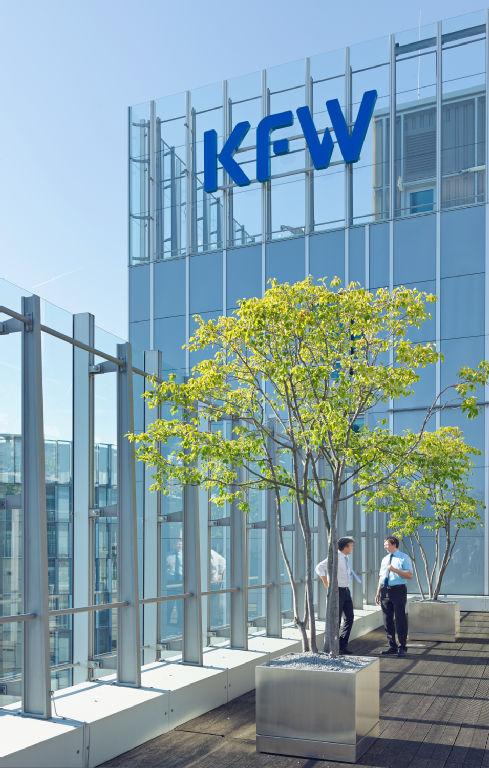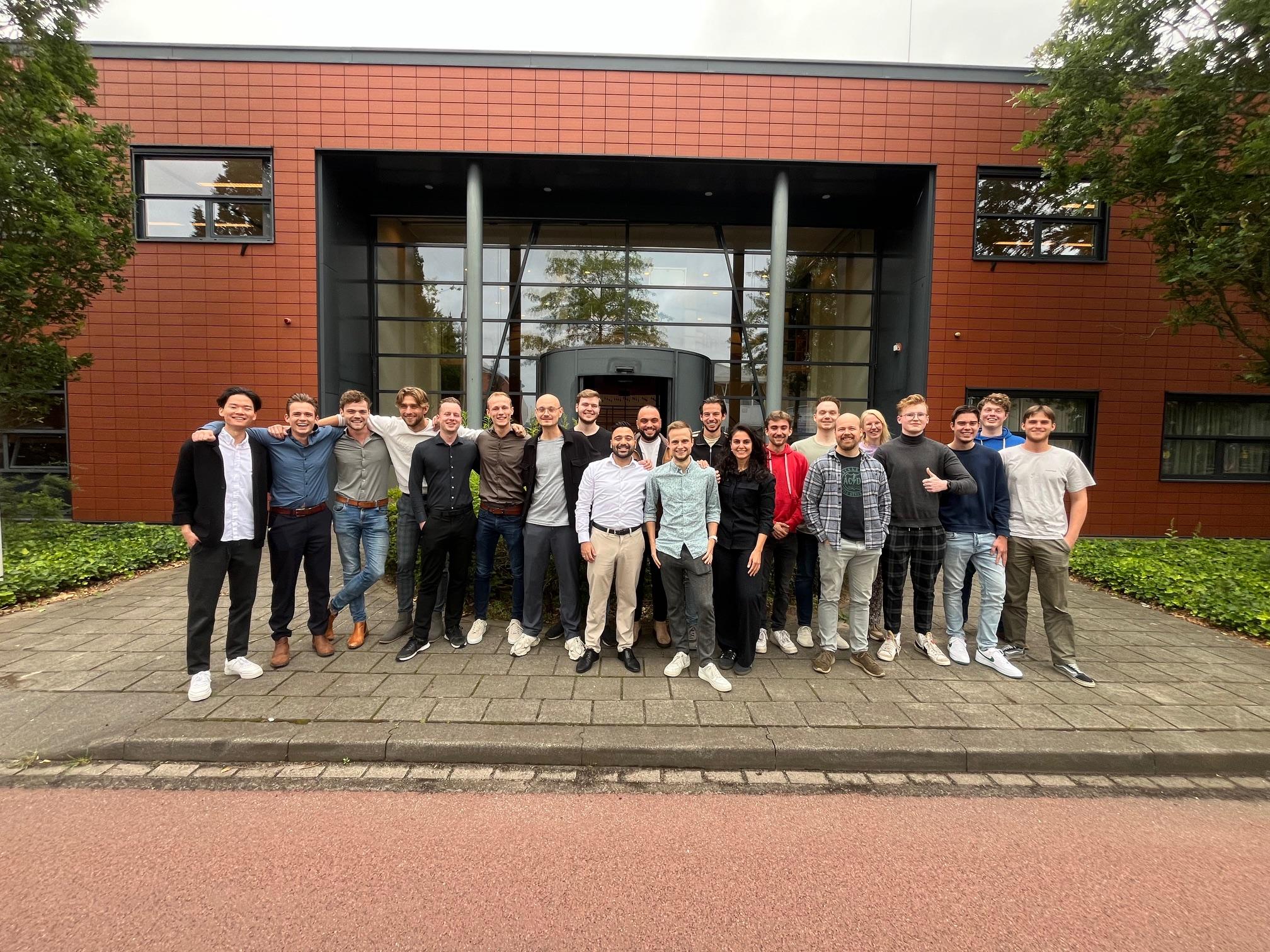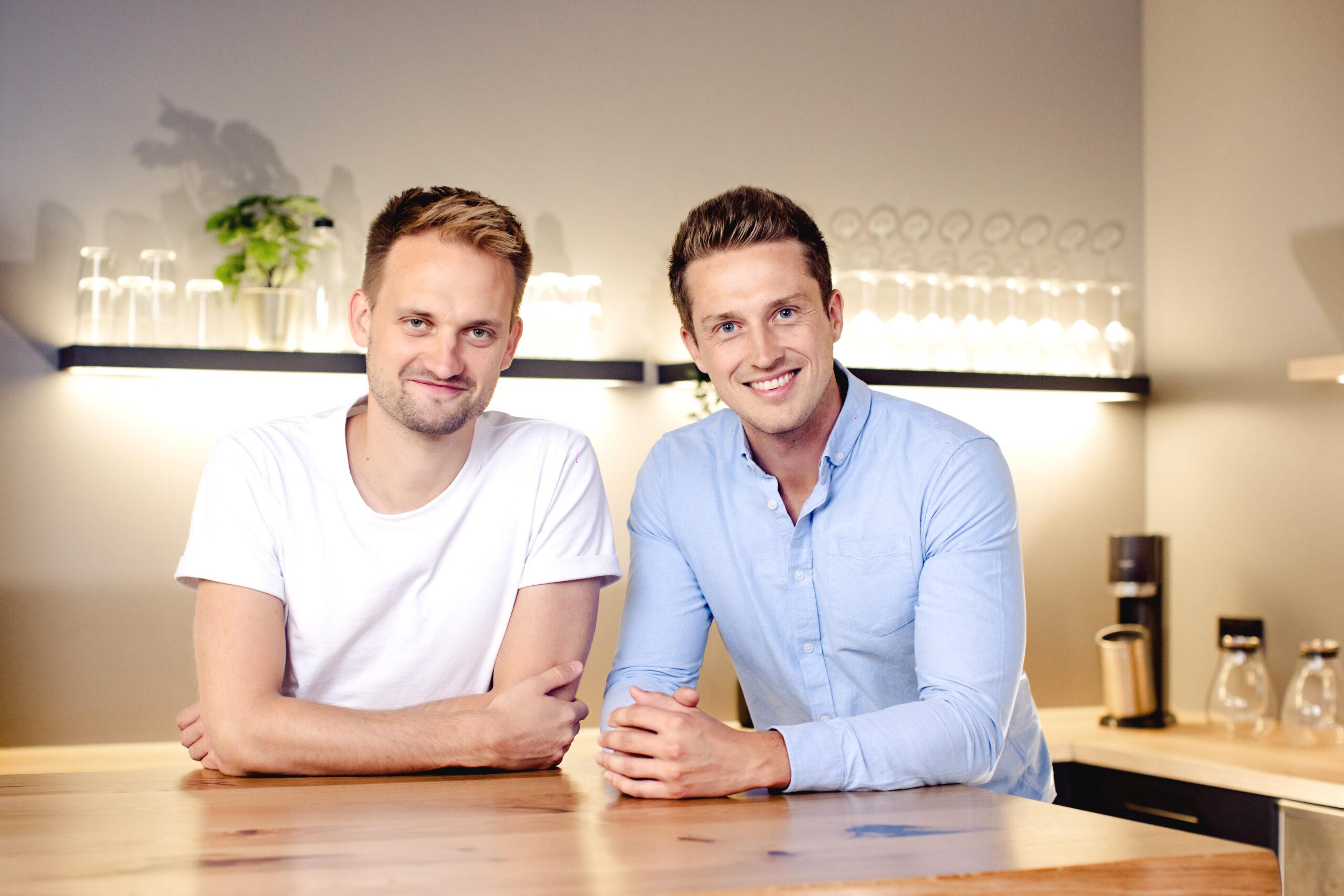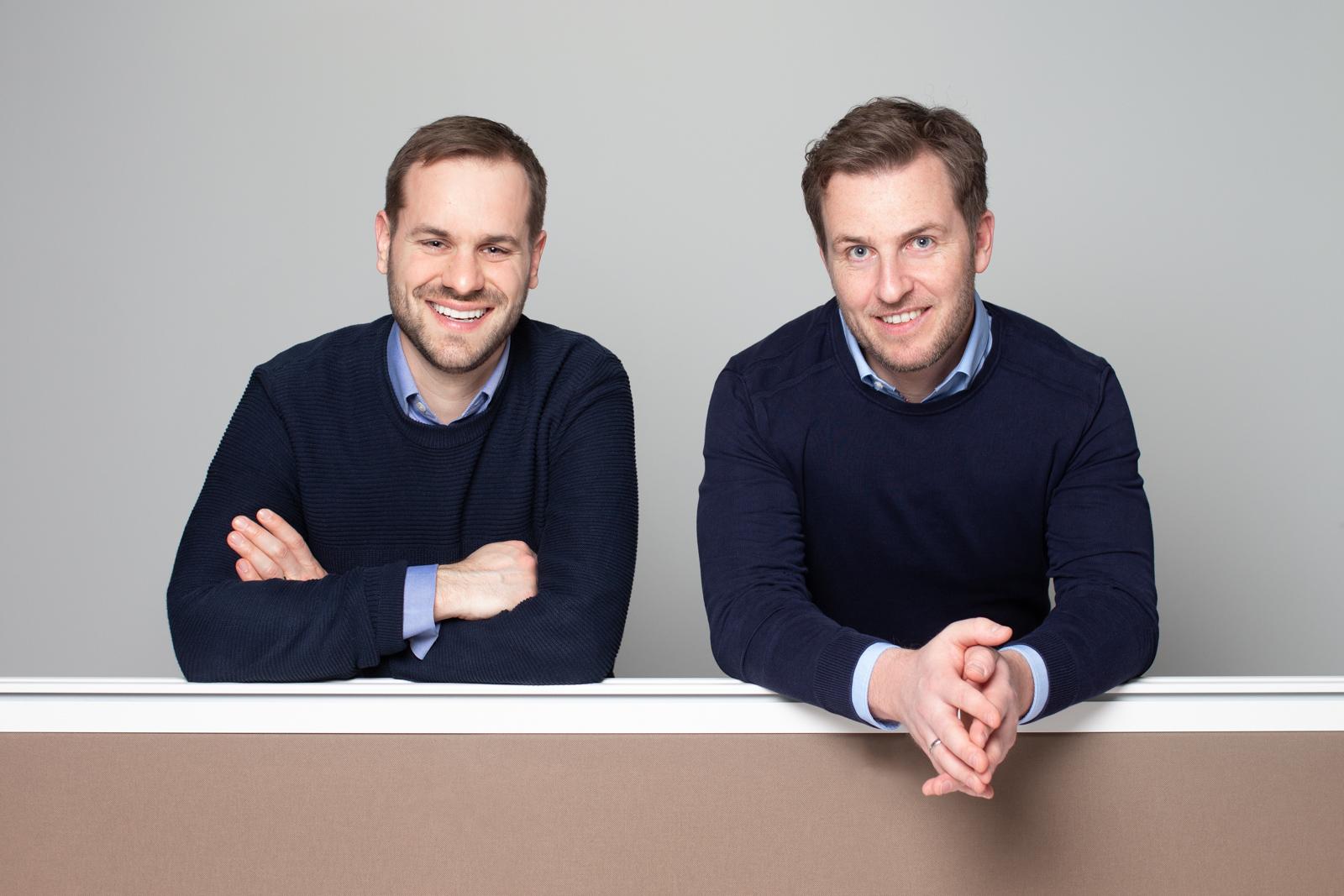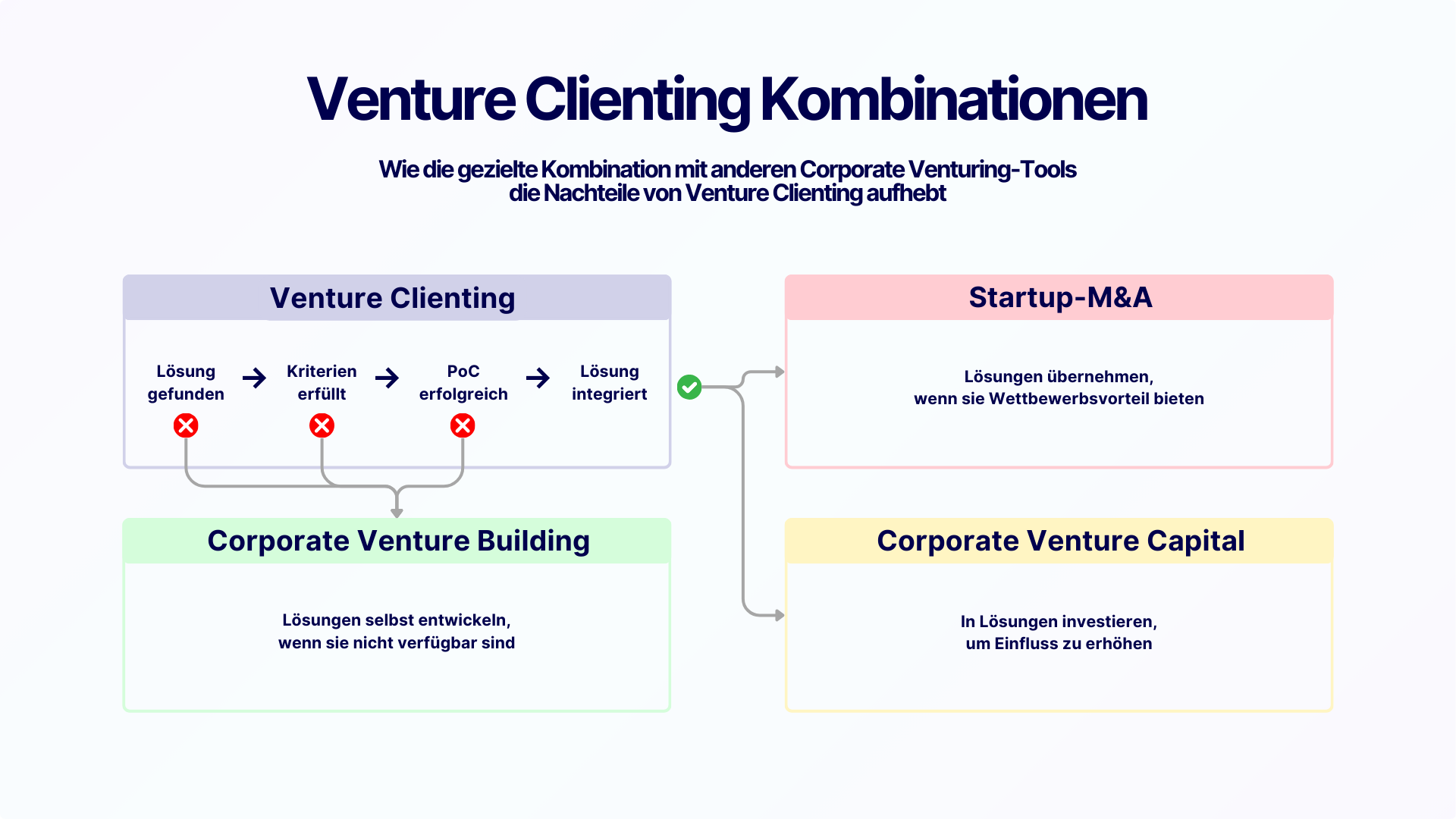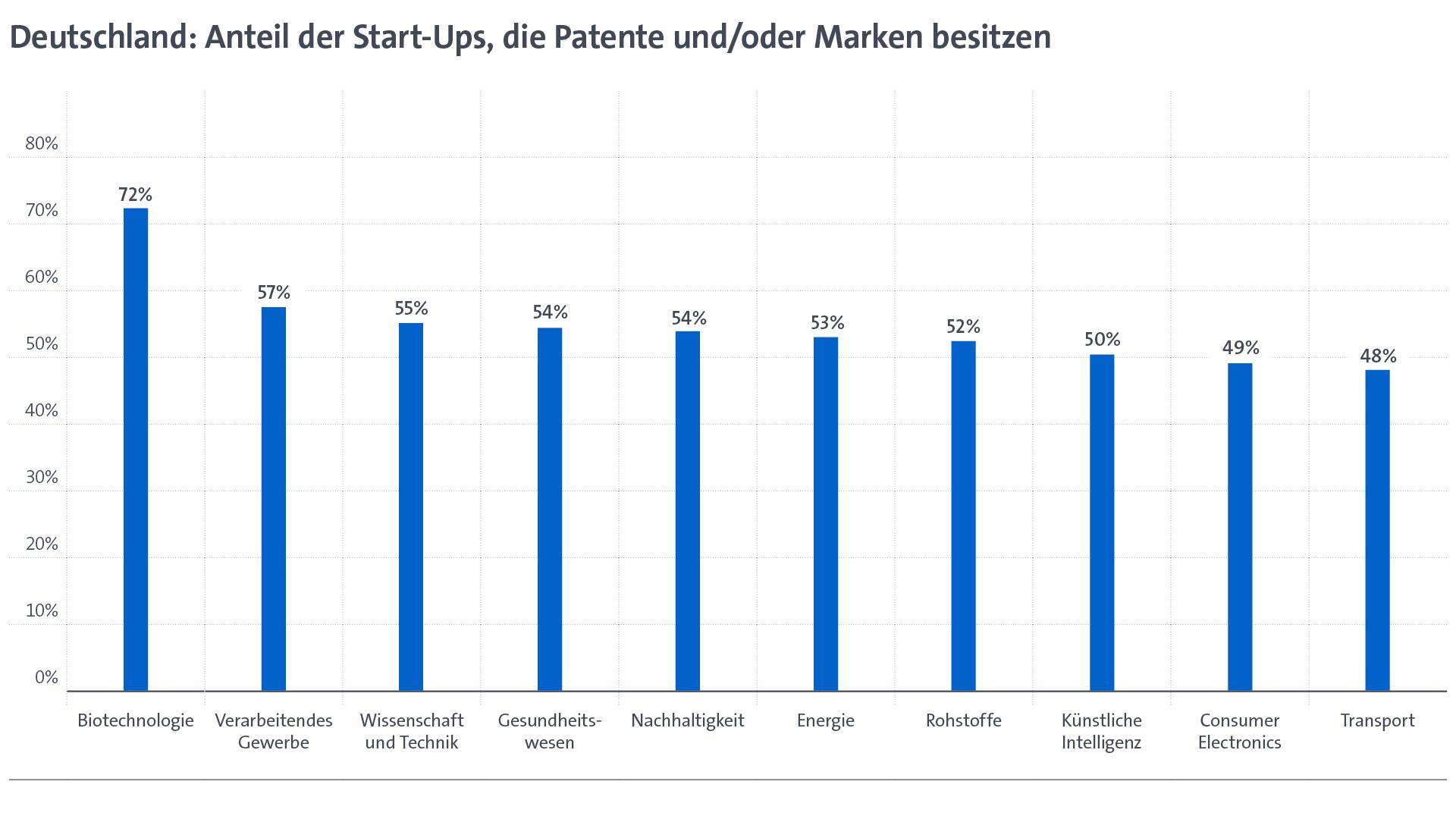This is why the European Company (SE) is interesting for start-ups
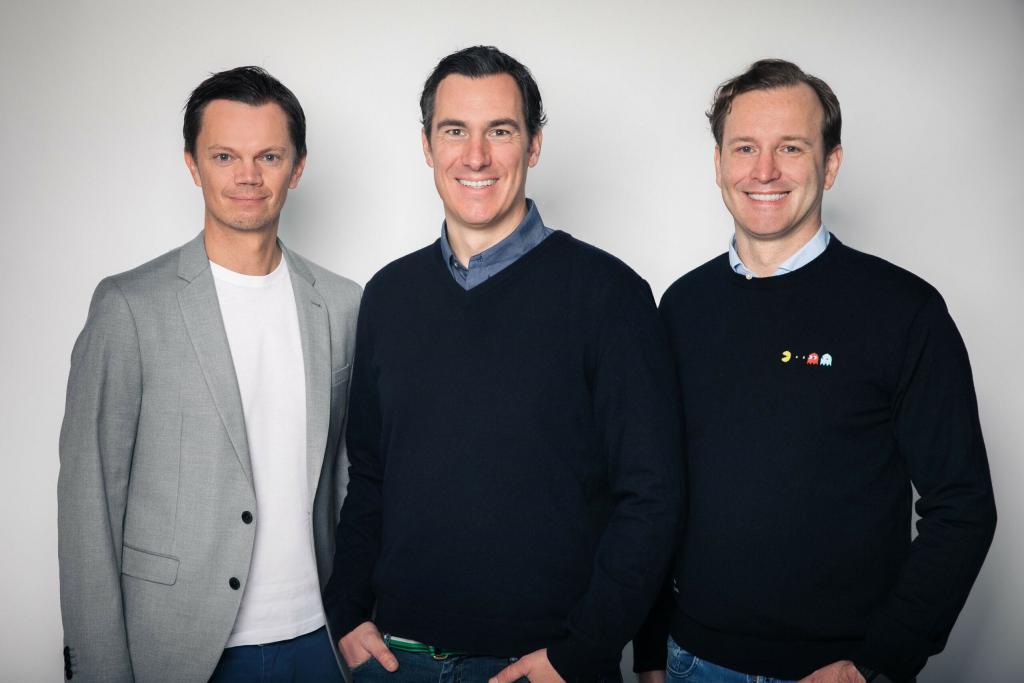
Instead of an AG, German start-ups can also establish an SE. Zalando was a pioneer, others have followed suit. About a trend and its advantages.
Insurtech Clark recently had a run with major takeovers and a record year in 2021: these were moments that were announced with much fanfare. But this one thing should fly under the radar for now: Clark has founded a holding structure.
The new structure is officially entered in the commercial register: Managing the Clark group of companies and holding investments. The German insurtech has not chosen the form of a German stock corporation (AG) for this new structure. Instead, the holding structure is based on an SE, a Societas Europaea.
This is a European Company, which start-ups and companies can also use to issue shares and go public, for example. When asked by Startbase, Clark denied that an IPO was on the agenda in the near future. But why set up an SE at all? And for whom is it an option?
There are over 400 European stock corporations in Germany
The trend towards SEs began back in 2004, when the supranational legal form was created by the EU. In Germany, the form quickly gained popularity, especially among young, fast-growing companies, but also among SMEs and companies that have since gone public. Zalando, Windeln.de and Flaschenpost are just a few examples of companies that have the SE behind their name.
The Hans Böckler Foundation's Institute for Codetermination and Corporate Governance (IMU) publishes regular updates on the number of SEs in Germany. At the end of December 2020, there were more than 3,000 European Companies in Europe, of which just over 700 were also operationally active. In Germany alone, the researchers registered more than 400 European Companies, a significant increase compared to 2011, when there were less than 100 European Companies in Germany, according to the institute.
Although an AG and an SE are not dissimilar, they do differ in practice. Where the SE regulation may leave gaps, the respective national law applies, which is why one can certainly speak of a German or a French SE , in which there are also marginal differences.
SE advantage: the governance structure is more flexible
Probably the biggest difference is that the governance structure is completely different. While a German stock corporation always has a two-tier structure consisting of a Management Board as the executive body and a Supervisory Board as the controlling unit, this does not have to be the case with an SE. An SE may also opt for a two-tier structure with a Management Board and a Supervisory Board. However, it may also opt for a monistic structure. This is common in companies in the UK and the USA and, in simple terms, means that the Supervisory Board and Management Board are combined in one administrative body. In the US, this is often referred to as a "board" or "board of directors".

This flexible structure of the administrative body is the biggest difference between an SE and an AG and therefore also the most important decision-making factor for a start-up. In addition, an SE also makes it possible to impose a uniform legal structure on various foreign holdings. Where start-ups and companies would otherwise have to establish individual subsidiaries with different legal forms, the SE simplifies the bundling of foreign subsidiaries under a uniform framework.
Another difference is the amount of equity capital required. While a GmbH only requires 25,000 euros and an AG is available for 50,000 euros, companies have to put down as much as 120,000 euros for an SE. This is too high a sum, especially for small start-ups. For larger start-ups, some of which even have a multi-billion valuation, the amount of equity capital should not play a role at all.
Founding an SE is complex
Anyone who has actually opted for an SE as a legal form has four practical options for bringing it into being, as an article by the experts at Rödl & Partner corporate consultancy breaks down. All are relatively complex and require a great deal of advice and legal assistance, unlike the formation of a GmbH.
The first option for founding an SE is to take at least two existing AGs from two different member states and merge them. The second is to change the legal form from an AG to an SE, which requires a subsidiary in another European country. The third way is to establish a holding SE, as Clark did recently, which is possible from an AG as well as from a GmbH. In this case, at least two founders must be subject to the law of different member states. And then there is the formation of a so-called subsidiary SE by two existing companies. These do not necessarily have to be an AG.
The SE is not suitable for all start-ups
The best option for a start-up depends heavily on the circumstances: For example, are there already foreign branches and subsidiaries? Do they have to be founded first? Or is there already an AG that can serve as the basis for a change of legal form, for example? And if not, can a change of legal form from a GmbH to an AG and then an SE be conclusive? Start-ups must decide this on a case-by-case basis.
The question of co-determination, which is regulated in a very complicated way in an SE, is also important in all variants. For example, there is an employee participation procedure that decides how employees should have a say in future, for example via a works council or a supervisory body. The SE and the elected employee representatives often negotiate for several weeks or even months, which can be a major hurdle for the formation of an SE.
All of this shows that founding an SE can be an interesting idea for start-ups if they have reached a certain size or are currently growing very quickly and expanding into other countries. For smaller companies, on the other hand, the effort involved is likely to be too great. However, the exact choice of structure should be carefully considered and decided on by the management team, as a new name change always involves significantly more effort and costs.

Newsletter
Startups, stories and stats from the German startup ecosystem straight to your inbox. Subscribe with 2 clicks. Noice.
LinkedIn ConnectFYI: English edition available
Hello my friend, have you been stranded on the German edition of Startbase? At least your browser tells us, that you do not speak German - so maybe you would like to switch to the English edition instead?
FYI: Deutsche Edition verfügbar
Hallo mein Freund, du befindest dich auf der Englischen Edition der Startbase und laut deinem Browser sprichst du eigentlich auch Deutsch. Magst du die Sprache wechseln?












